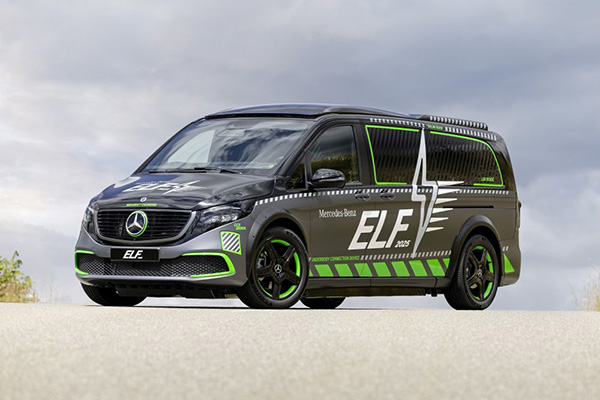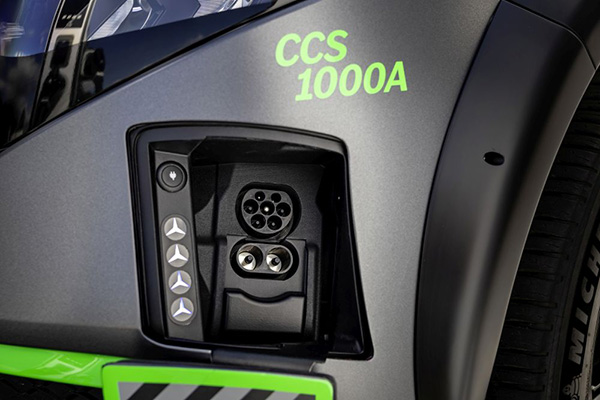How fast can an electric model be charged? What charging power can a charging cable handle without melting? Mercedes is testing the limits of fast and ultra-fast charging on the experimental Mercedes ELF model.

After the commercial failure of its luxury Mercedes EQE/EQS models — built on a platform limited to only 400V — Mercedes realized that charging power plays a crucial role in the new electric era.
In the electric age, premium also means high charging performance. That’s why Mercedes has invested in developing faster charging systems.
One example is the Mercedes-AMG GT XX concept, which demonstrated that MCS (Megawatt Charging System) charging is feasible. During the record run on the Nardò circuit, the Mercedes-AMG GT XX charged at a maximum power of 1,041 kW, with an average power of 850 kW.
Now, Mercedes has built an experimental vehicle, the Mercedes ELF (Experimental Lade Fahrzeug, which means Experimental Charging Vehicle in English), to explore the limits of what is technically possible — both in vehicles and at charging stations.
Dual Charging Systems on the Mercedes ELF
1. MCS Connector (Megawatt Charging System)
This system was originally developed for heavy-duty trucks.
In the ELF, MCS serves as a research tool to test the thermal resilience and performance limits of high-voltage batteries, power electronics, charging cables, and other components under extreme conditions.
The results will be used in developing long-haul trucks and commercial fleet models that require short charging times.
2. CCS Connector (Combined Charging System)
The CCS system is the standard for passenger cars, and Mercedes is testing its technical limits on the ELF.
Mercedes claims that charging powers of up to 900 kW are possible — meaning the Mercedes ELF could charge 100 kWh in just 10 minutes.
The components used — batteries, charging system, and CCS hardware — are already near-production developments and will likely be integrated into future Mercedes models.

Bidirectional Charging
The Mercedes ELF also explores bidirectional charging, supporting both AC and DC.
This allows the ELF to deliver energy:
– To the home (Vehicle-to-Home, V2H)
– To the grid (Vehicle-to-Grid, V2G)
– Directly to electrical devices (Vehicle-to-Load, V2L)
Inductive Charging
The ELF is also equipped with inductive charging based on the principle of magnetic resonance.
Electric energy is transferred to the vehicle through a charging pad integrated into the floor.
The charging power is 11 kW AC, similar to that of a wallbox.
Conductive Charging
Conductive charging uses special charging plates in the floor that communicate with the vehicle.
They assist the driver or parking assist system in aligning the vehicle correctly and initiating the charging process.
Energy is transferred via a direct physical connection through a connector located in the vehicle’s floor.
The charging power is currently 11 kW AC.
Automated Charging
Mercedes is testing the possibility for the ELF to connect to a charging station fully automatically, without human intervention.
This feature is especially useful for ultra-fast charging, where high currents and large cable cross-sections are required.
Mercedes is using the ELF to test multiple types of charging technologies with the goal of implementing them in future Mercedes electric models.
Mercedes-Benz ELF Tests Ultra-Fast MCS Charging
19/10/2025
No Comments
Mercedes-Benz | Mercedes-AMG
Click to rate this post
[Total: 1 Average: 5]